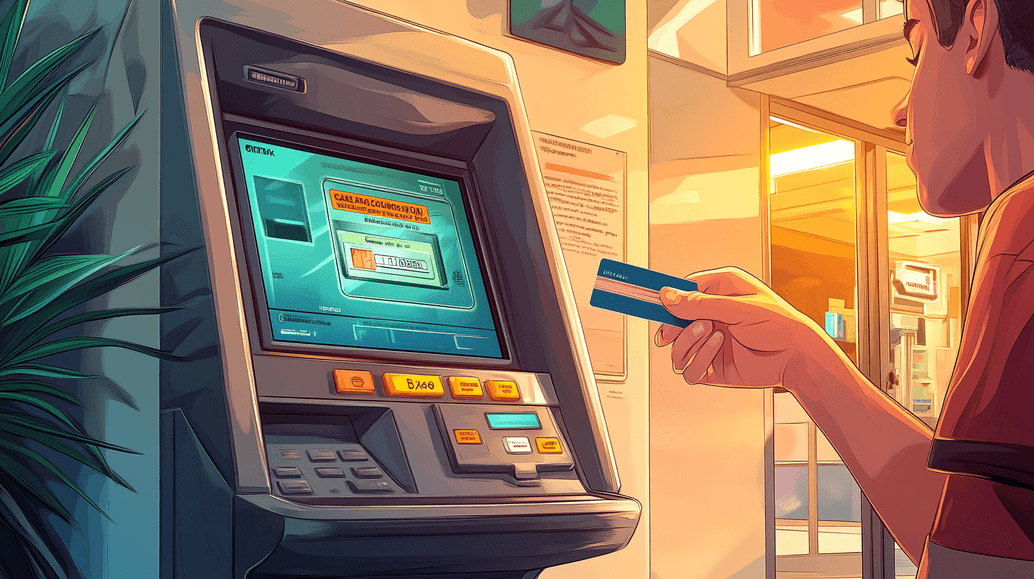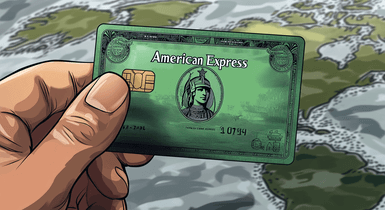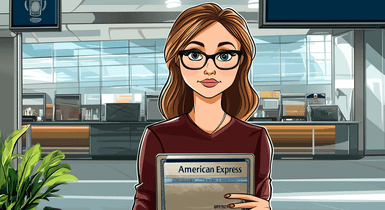Cash Advance Limit: How to Access and Manage It

Life is full of unexpected situations, and sometimes, quick access to cash becomes essential. That’s why it’s important to understand what a cash advance limit is.
In this article, you’ll learn about a credit card cash advance limit, associated fees, interest rates for debt repayment, and other key details to help you decide if withdrawing cash through this method is worth it.
How Can You Access Your Cash Advance Limit?

What is a cash advance limit on a credit card? It is the maximum amount of cash you can withdraw from an ATM or bank using your credit card. This limit is typically a portion of your total credit limit. However, it’s important to remember that cash advances come with quite high interest rates that start accruing immediately—there are no grace periods.
If you’ve decided to use this option, it’s crucial to understand how much you can access and how to withdraw the funds. Here are the primary ways to access your cash advance limit:
- ATM: Simply use your credit card at your bank’s ATM to withdraw cash. Ensure you know your PIN to complete the transaction.
- Bank Branch: Visit the nearest branch of your bank with identification documents and the credit card linked to your account number. Speak with the teller to receive cash directly.
- Convenience Checks: Some banks provide “convenience checks” that you can use similarly to cash. The terms, interest, and fees for using these checks are the same as those for withdrawing money via an ATM or at the branch.
Simple enough, isn’t it? However, keep in mind that while accessing your cash advance limit is straightforward, it’s far from free. The cash advance limit is not just about fees but also its impact on your credit score, as you’re essentially using borrowed funds instead of your own money.
How Much Does a Cash Advance Cost?

Regardless of your current credit card ATM withdrawal limit, you’ll end up paying more than the amount of the loan issued. Here are some of the costs associated with withdrawing cash:
- Cash Advance Fee: This is a percentage of the transaction amount charged as a fee by the bank for issuing cash through an ATM, bank teller, or convenience check.
- Higher Interest Rates: Interest rates on cash advances are significantly higher than standard credit card rates — often up to 35%, depending on the bank. These interest charges begin accruing immediately and continue until the debt is repaid in full.
- Additional ATM Fees: If you withdraw cash from an ATM, you may incur extra fees, especially if the ATM is operated by a third-party bank. They are imposed depending on the terms of your personal account agreement.
While these fees are standard, it’s essential to weigh the costs and benefits before opting for a cash advance. As the card issuer, it’s understandable that accessing cash might feel costly or inconvenient. However, these are the terms in place.
Changing Your Cash Advance Limit

How can you change the cash advance credit limit?
Contacting Customer Service
The first option for managing the amount available for withdrawal is contacting the bank's support center. With the help of a specialist, you can adjust the maximum available limits—either increasing or decreasing them.
Managing Limits through Online Banking
The second option is the ability to change withdrawal limits through a mobile app or the bank's online portal. To do this, simply log into the system, navigate to the settings, and adjust your limit as needed.
Credit Check
Note that if you’re opening a new account or applying for a card requiring a high credit score, your past cash advances may influence the decision on your application. The issuer reviews your credit history, including cash withdrawals and transactions. Therefore, consider this and avoid overusing the service unnecessarily. Excessive cash withdrawals can negatively impact your creditworthiness, so it’s best to use this service sparingly.
When Does the Cash Advance Limit Reset?

Typically, this happens during the change of the card's billing cycle. Note that different issuers have distinct terms in their agreements and varying limit reset periods.
If you frequently use this service, make sure to check and charge your balance on time and clear any debts. Otherwise, you risk lowering your credit score and facing higher interest rates.
Whenever possible, use debit funds and corresponding account cards to avoid potential overpayments, the amount of which might even exceed the principal loan amount.




